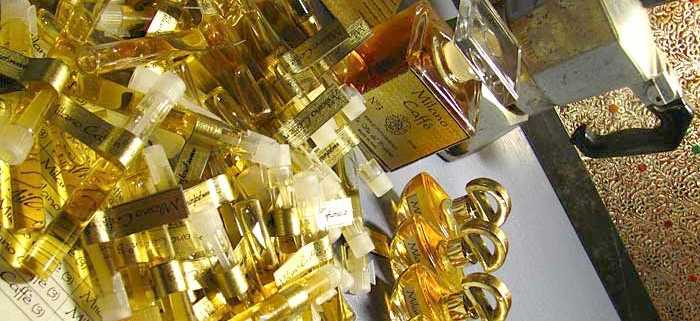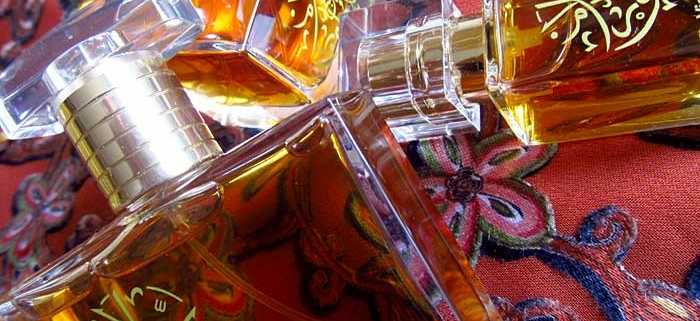Eiderdownpress Milano Caffè review
La Via del Profumo Milano Caffè: Coffee with European Élan
I love living in the United States—I’m proud to be a native citizen and grateful for the freedoms, opportunities and luxuries this country affords me. That said, I think of the United States as a place where one experiences largesse—a generosity of spirit and a sense of grandness across many spheres—more so than culture and elegance. Certainly, the US has its fashionable enclaves, but when I think of having a truly elegant experience, I think of Europe. Not only the obvious venues where one expects elegance, but the common everyday places. I think of a train ride I took from the Zurich, Switzerland, airport to the little resort town of Engelberg, twenty-some years ago: how clean, quiet and charming the ride was, and how a woman pushing a cart of gourmet sandwiches and pastries up the center aisle of the train made it a wonderful dining opportunity too.
I think about Europe’s café culture, and I think about my trip to Rome last September and seeing the way coffee is taken there, which is markedly different from the way we take it here. There are lots of coffee houses in the U.S. these days, enough to make us think we are on par with the Italians, speaking the same coffee language of the country that gave us our espressos, cappuccinos, macchiatos and lattes, though that’s not quite accurate.
For one thing, no one in Italy orders an espresso—what we consider espresso is a regular “caffè” to them—nor a latte, which is the Italian word for milk. And whereas Starbucks and other cafés in the U.S. routinely sell their coffee drinks in “grande” sizes and larger, in Italy the drinks are always the same size: fashionably short and served in a proper cup. But these differences are trivial compared to what I’ll call the “cultural difference,” which has to do with the fact that many Italians don’t drink their coffee sitting down.
They order it at the bar—at a bar that looks like a bar (the kind we associate with alcohol)—where they stand and drink it. Of course, there are also tables where you will find Italians drinking their coffees, particularly if they are eating, but by and large, when the locals file into the café to enjoy their cafés and cappuccinos from delicate cups and saucers, they do so at the bar. Perhaps they do this to save money (because service at the table is a couple euros more), but from what I’ve observed, the social fabric of Italian life is woven into the way the locals have coffee “al banco“.
When Americans order coffee drinks, they are primarily concerned with their beverage order—with consuming the coffee itself and having it made to their expectations (with skim, whole or soy milk, etc., etc.)—while the Italians file into their neighborhood café with the expectation of an interaction: a social interaction.
There is a distinct exchange of greetings—a “ciao” and the European style of kissing cheeks, one side and then the other, first with the person who takes their order (the beautiful girl at the cash register, in the case of the café I frequented in Rome), often times with the barista and one or more of the waiters flitting by, and sometimes with the other patrons too. Newspapers are read at the bar, conversations flow, and considering the passionate way that the Italians speak with their hands, having coffee is an event that wakes one up in a manner that goes beyond the stimulation of caffeine.
I’ve been thinking about this lately while wearing Milano Caffè, a fragrance from indie perfumer Abdes Salaam (aka Dominique Dubrana) of La Via del Profumo. His coffee-inspired scent is distinctly different from coffee perfumes I’ve worn in the past, because it is indeed perfumey. There is a true and unmistakable coffee note in Milano Caffè—it is this perfume’s starting point—but where it leads goes beyond the cup. In the same way that taking coffee in Italy is an outward-looking, communal activity—an exercise in greeting the world and the people around you—wearing Milano Caffè is an exercise in expressing beauty: it is a scent that mirrors the aesthetic of a city and thus encompasses more than that city’s famous beverage.
Perfumistas expecting a gourmand comfort fragrance that delivers up the rich smell of coffee and its various accoutrements (cream, sugar and the like) won’t find it here. While Milano Caffè does possess a chocolate note that accompanies the coffee scent, and a pianissimo vanillic sweetness as it dries down, it doesn’t follow in the path of perfumes like Bond No. 9 New Haarlem or Ava Luxe Café Noir.
If there’s a perfume it can be likened to (only as a point of reference, for Milano Caffè is quite unique), I’d reference Serge Lutens Borneo 1834 and then quickly point out that Milano Caffè is more woody, green and silky than the former. I don’t know whether there is patchouli in Milano Caffè (from what I’ve read about the development of this perfume, there probably isn’t) but it smells patchouli-like with its coffee, cocoa and raisiny-darkness in the early stages of wear. That’s where the resemblance to Borneo 1834 begins and ends, because Milano Caffè is far more mutable and soon reveals a green floralcy that reminds me of vétiver (in my sniffing experience, vétiver often starts off smelling green, spicy and woody and then segues into a floral sweetness … sweet in the way that fresh ginger is sweet). In a nutshell, Milano Caffè is an all-natural perfume that smells of swarthy treats, gradually lightened up and made fluid by way of a gingery, green-woody/green-floral zing.
The perfumer’s list of notes for Milano Caffè includes coffee, cappuccino, chocolate, iris, woody notes, spicy notes, opoponax, tonka bean and amber. It’s described by him as a “masculine” scent, which my husband (who briefly sampled it) feels is accurate, though I beg to differ. Milano Caffè is rich and bold initially, but its overall development has such a graceful arc, I view it as possessing an elegance that lays no claim to gender.
Its bouquet of olfactory niceties—a main accord that, to my nose, commingles the aromas of coffee, cocoa, pipe tobacco and raisins laced with spices of ginger, mace and cinnamon—is intersected by another accord that smells of cedar wood, green vines, a floral air of delicate jasmine, and a vanilla so subdued, it resembles the amount of vanilla contained in a sea-foam meringue. I can’t imagine any woman saying no to it, or thinking that Milano Caffè should belong to anyone but her.
Not because it’s feminine (or masculine), but simply because she covets the kind of day this perfume spells out: a day spent at an outdoor café in one of the most cosmopolitan cities in Europe. Unnamed, it could represent the scent of a street in Paris or Rome or any number of fashionable cities, but the perfumer employed a specific olfactory pairing to make it reflective of Milan.
“I have blended coffee with chocolate because that is the Milanese way: the residents of that marvelous city add Cacao powder to cappuccinos, and place a single square piece of chocolate next to your cup of coffee,” he says of Milano Caffè on his website.
Given that Milan is also a city known for its designer fashions, it seems fitting that Milano Caffè’s composition drifts away from the café and, without abandoning its main accord, incorporates a sense of uplift that reminds me of both of the outdoors (of vines and flowers climbing up the trellised side of a building) and of silk fabric (because of the delicate floraly and the foamy amount of vanilla that lend shimmer and meringue-like softness to the perfume).
The fluttery movement within this coffee perfume is an unexpected delight. It’s like looking up from my coffee and seeing a city street come to life, with its movers and shakers in their fine attire, its passionate citizenry stirring the morning air with their kisses and salutations.
Though I am one of those Americans who drink coffee from an awfully large mug, because I’m into perfume, I’m always striving towards elegance (as I imagine most perfumistas are.) Wearing Milano Caffè is my reminder that true elegance encompasses more than fashion: it’s about having social graces, it’s an expression of courtesy, and while it pivots around the idea of availing oneself of niceties, it eschews gluttonous indulgence. Elegance involves sharing the wealth, and it begins the moment you look up to acknowledge the good things that have landed in your cup.
Milano Caffè eau de parfum is available from La Via del Profumo. My review is based on a sample provided to me by the perfumer.
Credits: Photo of Milano Caffe perfume bottle is from the perfumer’s website.
Posted by Suzanne Keller, 4/8/2014.
Originally posted at https://www.eiderdownpress.com/Milano_Caffe.html













